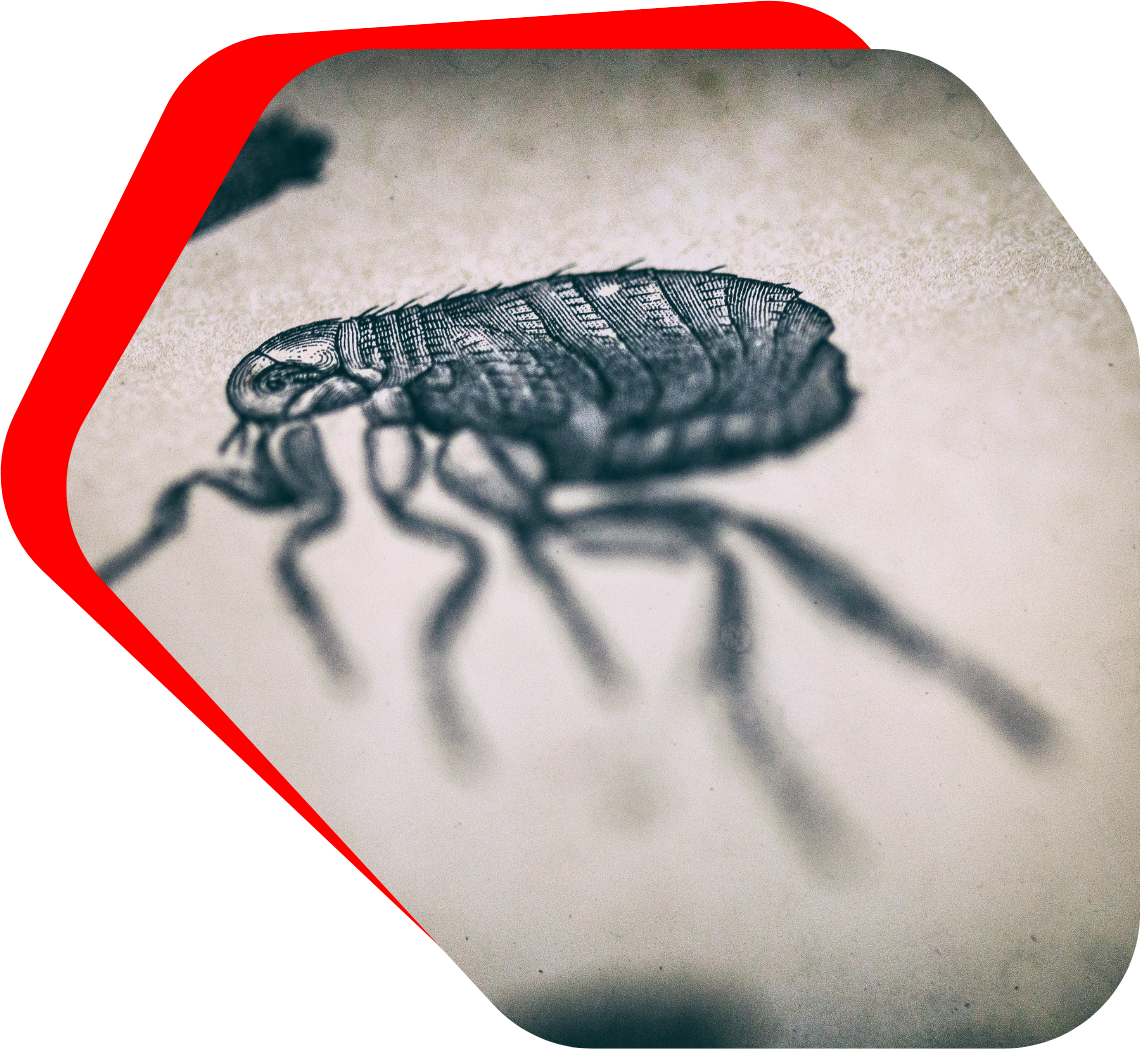Fleas are more than just a minor nuisance; they are a formidable foe that can cause an array of problems for homeowners and their pets alike. Understanding these pests is crucial in keeping them at bay. While many types exist worldwide, the Baltimore area is primarily besieged by the cat flea (Ctenocephalides felis) and sporadically by the dog flea (Ctenocephalides canis). Despite their names, both are indiscriminate bloodsuckers and will feed on humans, cats, dogs, and other animals. Their reddish-brown bodies are flat, allowing them to navigate easily through fur and hair.
They carry and can transmit various diseases such as murine typhus, tularemia, and the plague. Furthermore, when one bites, it releases saliva that can cause allergic reactions in pets and humans, resulting in itching, inflammation, and, in severe cases, hair loss or dermatitis. Another less-known fact is their incredible reproductive capacity. A single female can lay up to 50 eggs a day! These eggs fall off the host and scatter throughout your home, embedding themselves in carpets, upholstery, and even between floorboards. It means that a small problem can quickly escalate into a full-blown infestation.
They have been around for quite a while. Fossil evidence suggests that these pests have been annoying their hosts for over 100 million years! These critters are impressive jumpers. A flea can jump up to 150 times its body length, which, if scaled to human size, would be equivalent to a person leaping over skyscrapers.
Many homeowners in Baltimore are often tempted to tackle an infestation using DIY methods they've heard about or found online. From essential oil concoctions to ultrasonic devices, these methods promise easy and effective control. But, unfortunately, they oft en fall short of expectations:
- Diatomaceous Earth: This natural powder is said to kill them by puncturing their exoskeletons. While it may kill some on contact, its efficacy is inconsistent and can't address the entire life cycle, especially the eggs and larvae lurking in hard-to-reach places.
- Essential Oils: While some oils might repel fleas, they don't kill them. Additionally, not all essential oils are safe for pets, and using them can lead to adverse reactions.
- Ultrasonic Devices: Marketed as the tech-savvy solution to pests, there's little scientific evidence backing the effectiveness of ultrasonic devices against fleas.
Moreover, these DIY methods fail to address the root of the problem, often leading to a recurring cycle of infestations.
We understand the intricacies of flea behavior, their life cycle, and the best methods to eradicate them. DIY solutions are akin to putting a band-aid on a bullet wound – they might mask the issue temporarily but won't provide long-term relief. We use a comprehensive approach that tackles the pest at every stage of their life cycle, ensuring that once they're gone, they stay gone. Our trained professionals don't just treat the symptoms of an infestation; they target the root cause, ensuring that your home remains flea-free.
Frequently Asked Flea Questions
Q1: Can they survive the cold Baltimore winters? How do they manage this?
A1: Yes, they are surprisingly resilient to cold temperatures. While many assume that winter kills off these pests, fleas have a few survival strategies. Adults can find warmth by latching onto wild animals or hiding in sheds, crawlspaces, and even the walls of your home. Larvae can burrow deep into carpets and fabric, relying on the insulation to keep them safe until it's warmer. This is why it's essential to maintain pest control measures throughout the year, as warmer indoor temperatures can also provide an ideal environment for them to thrive even during winter.
Q2: I've noticed fleas on my indoor-only pet. How is this possible?
A2: This is a common misconception that indoor pets are immune to fleas. Even if your pet doesn't go outside, they can still enter your home through various means. They can hitch a ride on your shoes, clothing, or even on rodents that might find their way indoors. Once inside, they quickly find a host (your pet) and begin their life cycle. This is a testament to the bugs adaptability and emphasizes the importance of year-round preventive measures for all pets, indoor or outdoor.
Q3: Why do I still experience bites even after treating my pet?
A3: Treating your pet is just one part of a comprehensive control strategy. When you see them on your pet, it's often the tip of the iceberg. For every one on your pet, there could be many more in various life stages (eggs, larvae, pupae) around your home, waiting to mature. Even after treating your pet, it's possible for fleas in the environment to bite you before they die. It's crucial to combine pet treatments with thorough home treatments and sanitation to tackle them effectively.

